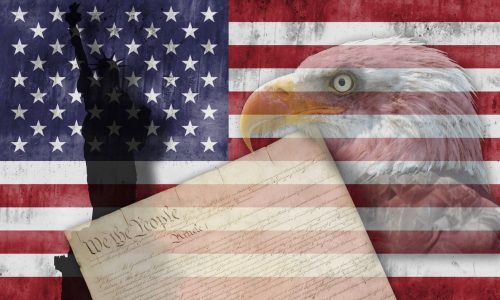
Industry News | CWP
NIOSH Pause on Activities May Last Into 2022
July 13, 2021
July 13, 2021
CWP
Industry News
The Advisory Board on Radiation and Worker Health held a teleconference to prepare for their full board virtual meeting August 18-19, 2021. Grady Calhoun, Director of the National Institute for Occupational Safety and Health’s Division of Compensation and Analysis Support (NIOSH) shared some unsettling news concerning the moratorium on dose reconstruction and the effects on current Special Exposure Cohort petitions.
On May 3, 2021 NIOSH announced a pause in reconstructing dose for claimants with cancer. This pause was intended to last two to four months.
Mr. Calhoun provided the explanation of why the stakeholders were not notified in advance about the situation. He explained,
…the reason was is [sic] that if we were to put out, hey, we found some vulnerabilities and we’re going to shut down in 60 days, that that could have caused somebody to, you know, a hacker or whatever you want to call them, to start looking at us right away…
Mr. Calhoun informed the Board that there will be phases of implementation. All dose reconstructions are being calculated manually, similar to the way it was done 20 years ago.
Recently, a cyber “bubble” was created which would be secure and they are “…in the process of moving some of our dose reconstruction tools into that space and providing access to the people, which would be ORAU and DCAS primarily, to review and approve dose reconstructions.”
This will allow NIOSH to prioritize claims for terminally ill claimants (group 1). The second group will be those claims where dose reconstruction resulted in a probability of causation (POC) of 50% or greater and therefore, compensable. The third group will be those claims whose POC is less than 50%.
This prioritization only applies to terminally ill claimants and claims forwarded to NIOSH before the pause.
The pause in dose reconstruction was intended to end in the beginning of September 2021. However, according to Mr. Calhoun,
Phase II, which we think is going to be the goal that ODIT has given us, is November of this year. And they plan on improving the virtual workspace and also having some additional, I guess, reinstitution of our QC — our automated QC, quality control, mechanisms that we had in place for so long. Right now, we’re doing all that manually and therefore work is much slower, but hopefully that will increase to some significant degree in November. [Emphasis added.]
Additionally, NIOSH’s claim tracking system, NOCTS, no longer exists. This system was “…an electronic database that tracks claimant data and documents. The system is a central repository for all information related to each claim.” The new database will not be available before April, 2022 at the earliest, a year after the pause was initiated.
NIOSH is currently able to complete around five dose reconstructions per week. Normally they were able to complete 50 per week.
NIOSH, the Board and the Board’s contractor, Sanford Cohen and Associates (SC&A), utilize another database when investigating SEC petitions, the Site Research Data Base (SRDB). This database include Department of Energy documents which may include incident reports, air monitoring data, information on radiological sources, etc. Currently, the SRDB is not available to NIOSH, the Board or SC&A. Mr. Calhoun stated,
…that’s going to be somewhere longer maybe in the Phase II time, November, unless we can find some other way to make access to that a little earlier.
This most certainly will impede the Board’s Work Groups from deliberating SEC petitions and delay recommendations to the Secretary of Health and Human Services on whether a site should be included in the SEC.
Mr. Calhoun committed to the Board’s Chair that he would keep him updated on any developments. Cold War Patriots, in turn, will keep our members updated on any further delays for cancer claimants or when the dose reconstruction process is back to its pre-May 3, 2021 capacity.
The entire discussion can be found beginning on page 34 of the transcript.
